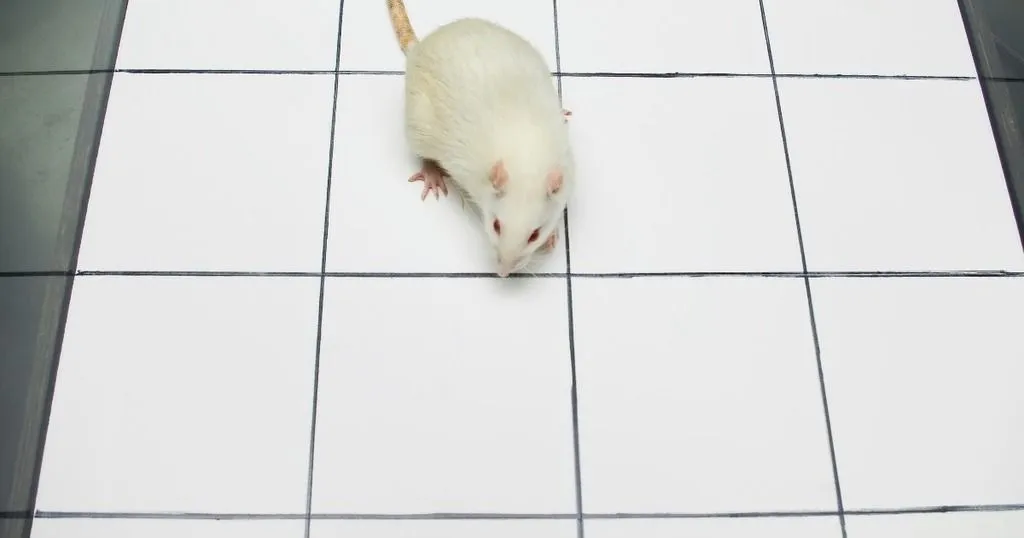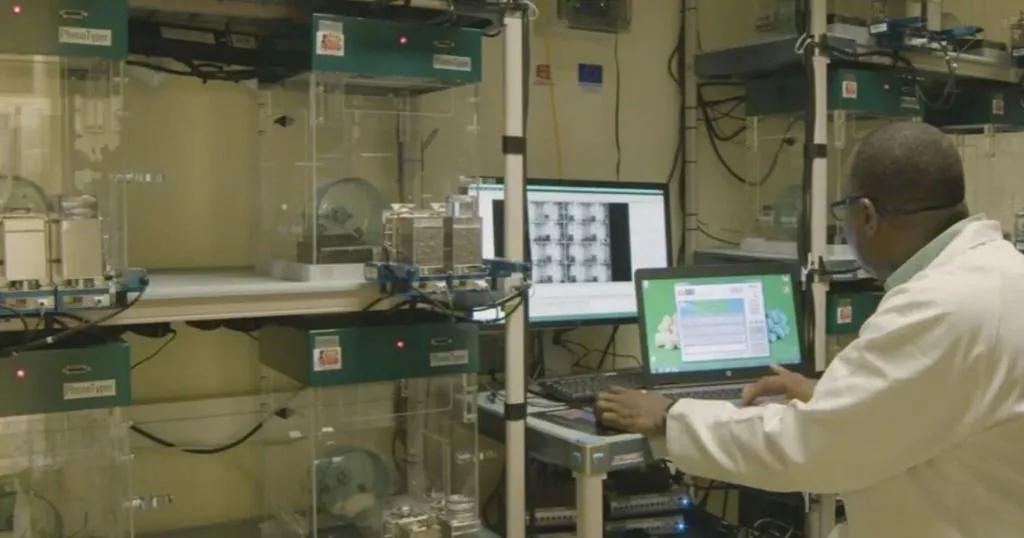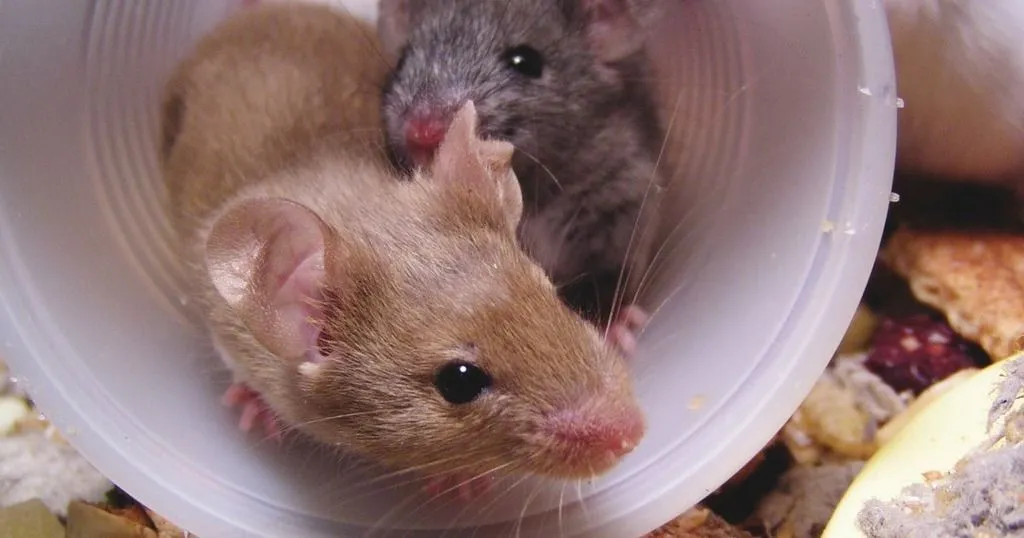Early-life stress and the onset of depression later in life

I had a chat with my old department at the University of Groningen to see what they are currently working on. Read more about their reseach into early life stress!
Posted by
Published on
Thu 13 Apr. 2023
Topics
| Cognition | Depression | EthoVision XT | Social Behavior Research | Stress |
I am still in contact with my old lab in Groningen from graduate school. So, I recently asked about their current projects which resulted in this collaborative blog about the upcoming work of one of Prof. Jocelien Olivier’s PhD students: Mayerli Prado Rivera.
Research at the Olivier lab in Groningen by Mayerli Prado Rivera
Mayerli studies the vulnerability to depressive symptoms later in life, based on the fact that people with a history of early life stressful events are more susceptible to this.
Pre- and postnatal early life stress
So far, the majority of clinical and preclinical research has studied the role of prenatal and/or postnatal early-life stress (ELS) in the onset of depressive symptoms later in life. Remarkably, some of these studies indicate that stress experienced by the mother before conceiving the child can also be considered ELS, naming this pre-gestational or pre-conceptional stress. Yet resilience can be observed despite ELS exposure in those critical periods of development.
Depressive genes
Vulnerability to depression has also been related to genetics. A number of studies suggest that the genotype that regulates the serotonin transporter (SERT) expression moderates the influence of stress on depression.
All this together has led researchers to believe that cumulative ELS exposure plays a critical role in increasing the risk of depressive disorders later on in genetically vulnerable people (regarding the SERT gene).
Measuring depression in animals
Mayerli aims at studying the interaction of the SERT genotype with cumulative early-life stress (ELS), which for ethical and methodological reasons is not feasible in humans.
She therefore investigates this by using an animal model: the Wistar rat.
In the first part of the project, they will study whether cumulative exposure to ELS (pregestational + prenatal + postnatal ELS) in SERT transgenic rats produces a more robust depressive-like phenotype in comparison to less cumulative ELS exposure by measuring both behavioral and neurobiological markers.
In the second part, they will focus on social functioning and transgenerational effects of the model.
Behavioral readouts for depression in ratsTo test affective related behaviors, Mayerli will perform several tests:
- Elevated plus maze to assess anxiety-like behavior.
- Sucrose preference test to evaluate anhedonia.
- Open field test which apart from anxiety-like behavior also is used to evaluate locomotor activity.
To test cognitive performance Mayerli will also make use of the:
- Object location test, which is designed to evaluate spatial memory in rodents. After habituation to specific objects, and their location(s), the rats are subjected in an open field arena in a final session to the same objects, of which one of them has moved to a different location.
- Novel object recognition is similar to the object location test, however in this final session one of the objects (which has been familiarized to the rat) switched for a novel object of a different shape.
Social functioning will be tested through social interaction in an open field, as well as social recognition in a 3-chamber arena.
- Social interaction is evaluated through the frequency and time spent sniffing, grooming, and mounting an unfamiliar animal.
- Social recognition is based on the time spent exploring a novel versus a familiar social stimulus. Thus the ability to recognize an unfamiliar mate/rat in comparison to a familiar one.
And to further explore social behavior in young and adult rats:
- Social play-fighting test will be conducted, for evaluating the motivation to play or be socially active in young rats. Time spent pinning, pouncing, chasing and boxing a mate is scored in an open field arena.
- Resident intruder test will allow to assess aggressive behavior in adult rats by measuring offensive and defensive responses. Offensive responses include time/frequency of lateral threat, clinch attack, keeping down and chasing; defensive responses include time/frequency of keeping off and showing submissive behavior.
The Behavioral Neuroscience department within the Neurobiology research unit at the University of Groningen is extremely experienced in evaluation of all types of rodent behavior, especially readouts such as anxiety, cognition and social behavior. Make sure to check out some of their work and publications! We wish Mayerli a great time and good luck as a graduate student with Prof. Olivier, and we will follow her work in the future.

Related Posts

Our gut microbiota influences how we feel

How to characterize behavioral phenotypes in a behavioral analysis facility


